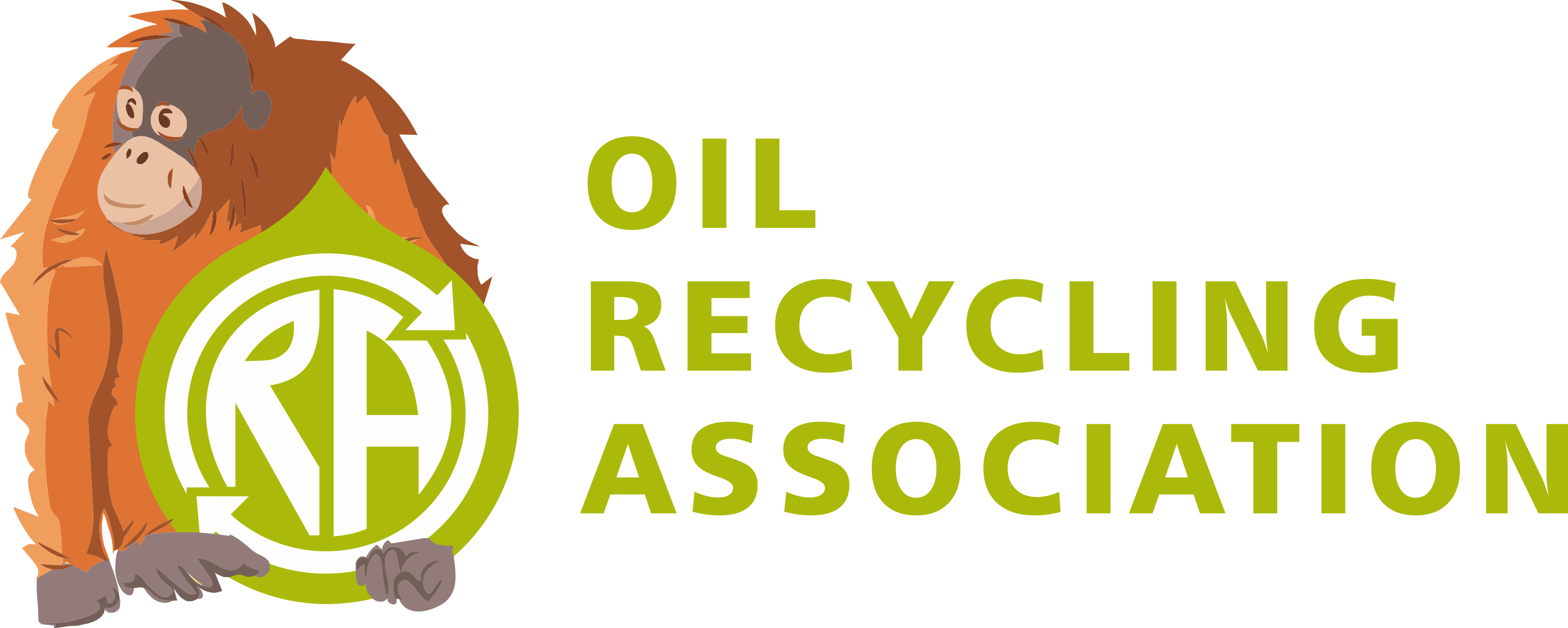Fingerprints were first used to secure a criminal conviction in 1892 . More recently , the validity of forensic fingerprint evidence has been challenged by academics, judges and the media. While fingerprint identification was an improvement on earlier anthropometric systems, the subjective nature of matching, despite a very low error rate, has made this forensic practice controversial.
When trust in something starts to wane, people naturally look for something better to rely on, but how easily can people be manipulated. As was demonstrated by the rigged Kadoodle experiment, some people place enormous faith in Google and would happily follow them over the edge of a metaphorical cliff. Participants spent most of their time reading the websites flagged up at the top of the first internet search page because they expected the search engine to be making wise choices. Is this just a bias that we all have for computerised results, we just trust the formula? As trying to understand the formula is not everyone’s favourite pastime, thank goodness for Stanislav Petrov.
Petrov was on duty on 26 September 1983, during the depths of the Cold War, when the Soviet satellites warned him of five American nuclear missiles headed for the Soviet Union. It was his duty to raise the alarm so that a counter attack could be launched before it was too late. However, he doubted the accuracy of the data and waited for 23 minutes until the missiles had not landed on Russian soil. If he had raised the alarm all out nuclear war would have been almost inevitable.
On the other hand, the machine is right most of the time. Airline pilots say that the best flying team is made up of the pilot, the computer and a dog. The computer is there to fly the plane, the pilot is there to feed the dog and the dog is there to bite the pilot if he or she tries to interfere with the computer.
Until recently, creating a computer algorithm that could recognise anything at all in an image was believed to be too tricky to be reliable. Now we have facial recognition algorithms to check our face against our passport at border control. This is where algorithms can add an air of authority to an incorrect result and the consequences can be dramatic.
